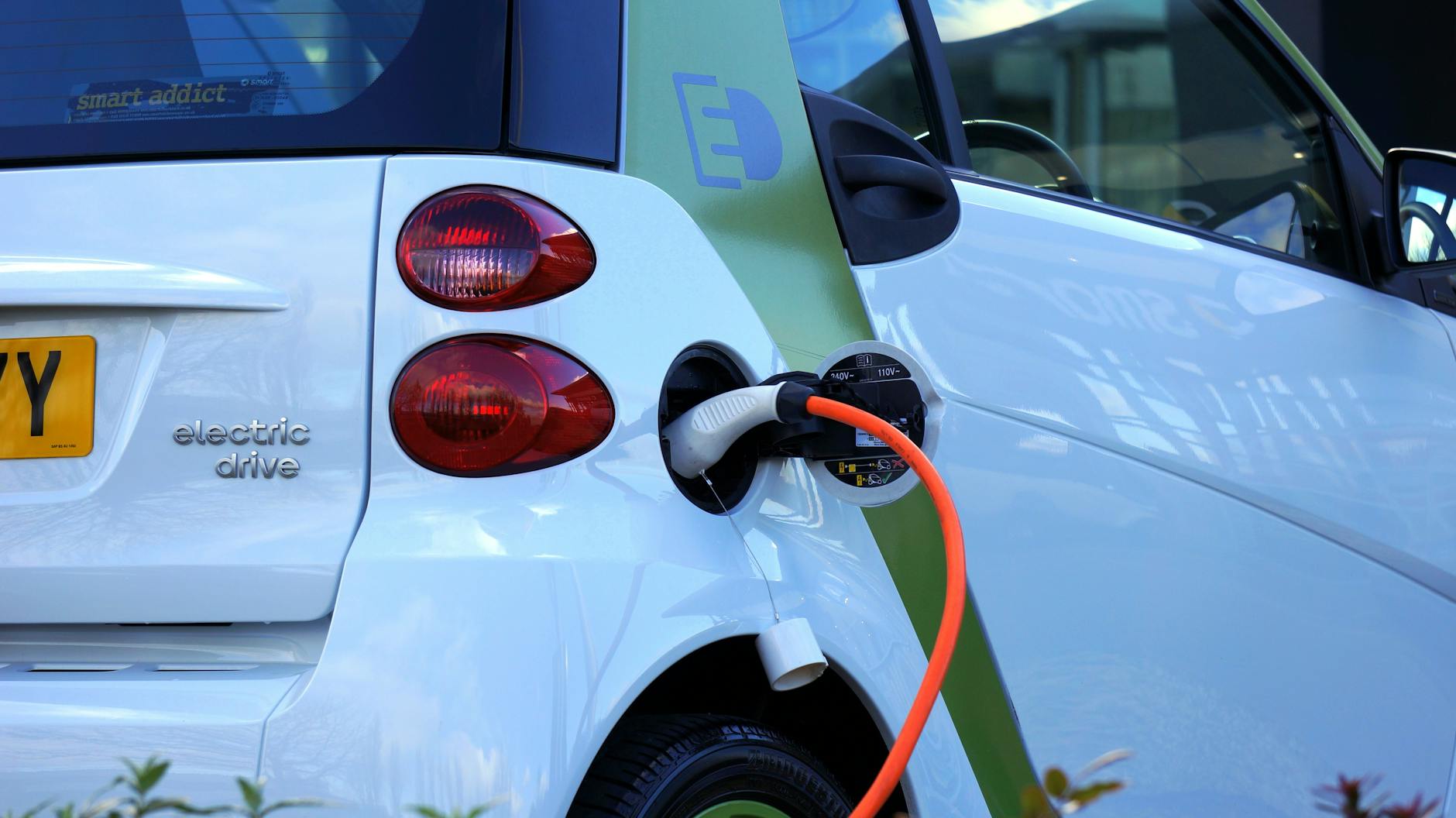Blinker Basics: Auto Signals 101 for Boomers

Driving safely is not just about understanding the rules of the road, but also about effectively communicating your intentions to other drivers. One fundamental aspect of this communication is the use of your car's blinkers, also known as turn signals. In this guide, we're focusing on the boomer generation, to ensure that you're up to date with using your vehicle's signals effectively and safely.
Understanding Your Car's Blinker System
Your car's blinker system is designed to indicate your intention to turn or change lanes. These signals are crucial for maintaining safety and avoiding accidents. Here’s what you need to know:
-
Indicator Lever: Usually located on the left side of the steering wheel, this lever controls your blinkers. Pushing it down activates the left blinker while pushing it up activates the right blinker.
-
Dashboard Alert: When a blinker is activated, an arrow corresponding to the direction of the turn will flash on your dashboard. This serves as a reminder that your blinker is on.
-
Automatic Shut-off: Most modern cars will automatically shut off the blinker after you’ve completed a turn. However, it’s important to make sure it has disengaged, especially after minor turns or changing lanes.
Blinker Functions and When to Use Them
Knowing when to engage your blinkers is key. Here are some basic situations:
- Before Turning: Activate your blinker at least 100 feet before the turn, giving other drivers ample warning.
- Changing Lanes: Signal your intention to change lanes to inform drivers around you.
- Exiting a Roundabout: Use your right blinker to signal your exit.
- Parking and Pulling Over: Even if you're moving to the side of the road, use your blinker.
Etiquette for Using Turn Signals
Proper signal use is not just about rules; it's also about respect and courtesy. Here are some etiquette tips:
- Signal Early: Always give others enough time to react to your turn or lane change.
- Avoid Late Signalling: Last-minute signals can cause confusion and unsafe situations.
- Confirm Your Intentions: Ensure that other drivers have seen and understood your signal.
- Keep Them Updated: If plans change while you're waiting to turn, update your signals accordingly.
Common Misuses of Blinkers to Avoid
- Forgetting to Turn Off Blinker: If your car doesn't automatically shut off the signal, do so manually to avoid miscommunication.
- Signaling Too Late: This can cause abrupt reactions from other drivers.
- Failure to Signal: Always use your blinkers, even if you think no one else is around. It's a good habit.
Why Blinker Use is Essential
- Legal Requirement: Legally, you are required to use your signals to indicate any turn or lane change.
- Safety: Proper signal use can prevent collisions and close calls.
- Communication: Blinkers serve as a universal language among drivers to convey intentions.
Conclusion
For boomers and drivers of all ages, mastering blinker use is essential for remaining a safe and responsible participant in the complex world of road traffic. Familiarize yourself with the basics, practice courteous signaling etiquette, and make it second nature. Keeping these Blinker Basics in mind can help keep you and your fellow drivers safe on the road. Happy and safe driving!